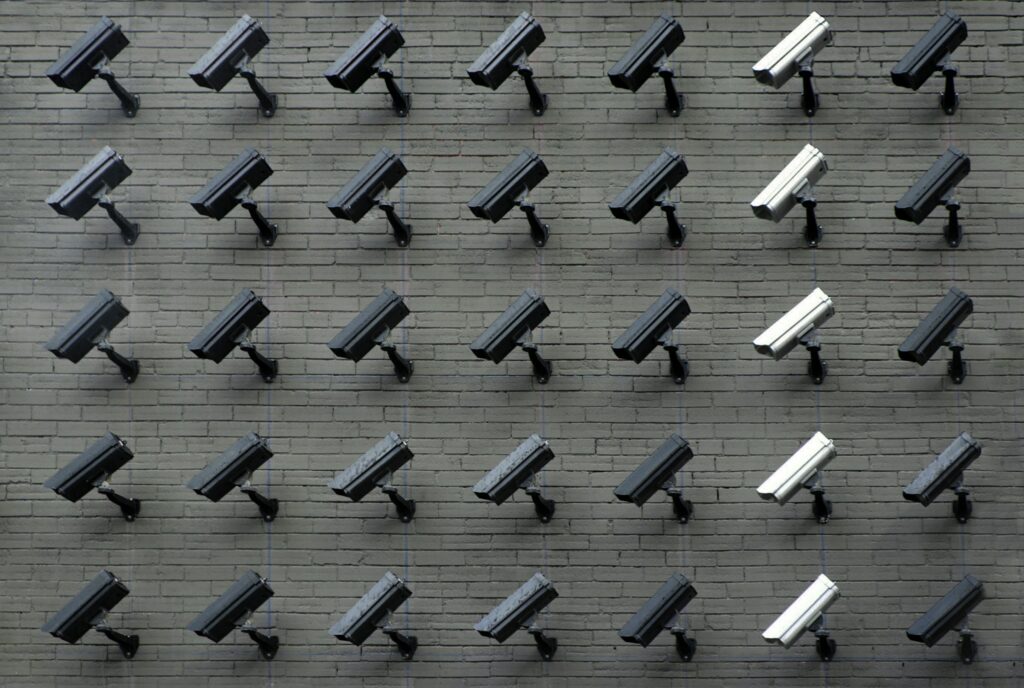- Privacy in Digital Learning:
When learning online, some things students should expect regarding their privacy is the teacher will have access to their name, work they submit, things they say on the course website, etc. I think students should still be able to have privacy when learning online and I think we do. We only give access to what we allow. We are the ones who write our work and say what we want others to know. So I don’t think students’ level of privacy is an issue when learning online.

- Privacy vs. Educational Needs:
Some situations where schools/teachers may need to use tools to take actions that could affect student privacy are for platforms that track attendance and engagement. Teachers may need to use this information to see if a student is participating in class and following along with the material. For exams and tests teachers may use proctoring tools that will monitor students through webcams or even put their browser on lockdown so they can only have that one specific tab with the test open. We can balance the need to protect student privacy with the need to meet educational goals in a few different ways. Teachers can be transparent about expectations and how the course is going to run and information they will need from the student. They can also ask for consent from the student to make sure they are aware of what information is being used and why/how. They can also connect regularly on the data that is being collected so privacy standards are met.


- Universal Design for Learning:
UDL can be effectively used in digital learning to ensure every student has access and feels included by presenting learning tools in many different ways to make it inclusive and engaging. There is a wide range of flexible content with interactive tools which enhances the success of each student. The students are also presented with accessible materials that they can put towards their learning. A very important one is the different assessment options. This is important because not every student thrives with being given a piece of paper and a whole bunch of questions to answer. So having different assessment options can make everyone feel seen and included. Implementing all of these different options into an online learning environment allows the teachers to ensure all students are able to participate and no one is excluded.
- Ethics and Digital Tools in Education:
Ethical considerations that should be taken into account when choosing and using digital tools in education are very important for the student and teachers and range from different things. Some being privacy and data security, transparency, equity and access and much more. Considering privacy and data security is important for protecting students identity, information, and not allowing unauthorized access. Transparency is important so the student knows how the information is being collected and what it is being used for. Equity and access ensures all students have access to the tools they need and a wide range of resources to help them succeed. Educators and institutions can ensure they are using technology ethically by always being up to date on the privacy policies and how students are able to interact with the platform. Being involved in the students’ learning and understanding the platforms they are being told to use is important because it creates a connection from teacher to student and so the teacher knows the students are learning in a safe environment.

